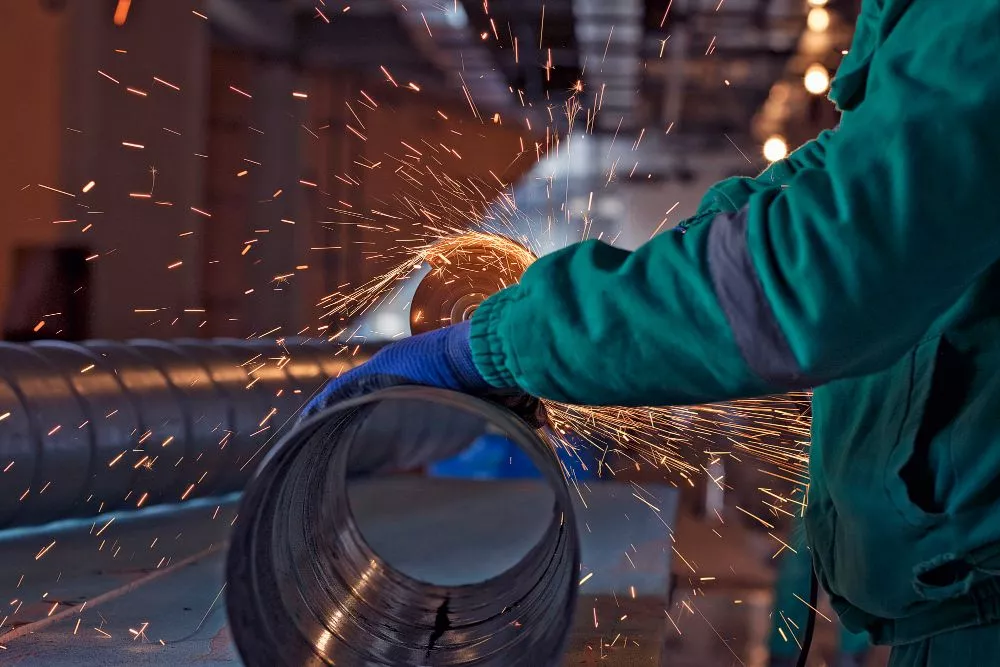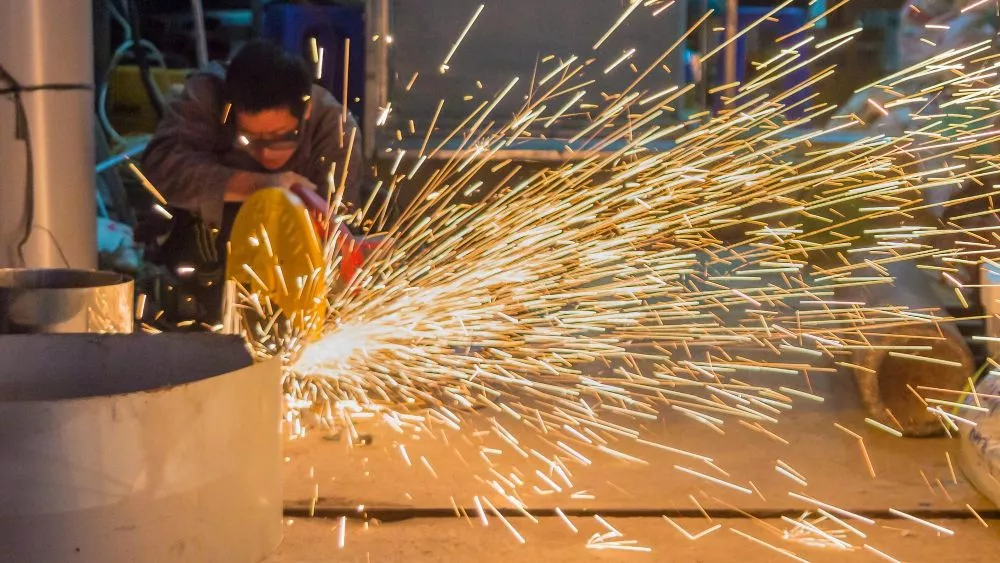Welding is a skilled trade that involves joining materials by melting them together with heat or pressure. There are numerous welding techniques used to create strong and durable bonds between materials. Each method has its own benefits, making it suitable for specific applications.
For example, TIG welding is known for its precision and versatility, making it suitable for creating complex shapes and joining thin materials. MIG welding, on the other hand, is quick and can join a wide range of metals, making it suitable for various industries such as automotive, aerospace, and construction. Regardless of the technique used, proper training and safety gear are essential for the welder’s safety and to achieve high-quality welds.

Understanding the Basics of Welding and its Use in Construction
Welding is a vital process used in construction, and it involves joining two pieces of metal by melting them at high temperatures and fusing them together. To understand welding, one must first recognize the different types of welding techniques, which include MIG, TIG, and Stick welding methods.
Each method has a specific purpose, and choosing the right one for a specific project is crucial for achieving the desired outcome. Furthermore, welders must understand the safety measures required when welding, such as wearing protective gear like helmets and gloves.
The importance of welding in construction cannot be understated, as it’s used to build bridges, skyscrapers, and other monumental structures that form the foundation of our modern world. Welding requires skill, precision, and patience, and those who have mastered it have opened doors to endless possibilities in construction.
The Tools and Materials Needed For Welding in Construction
Welding is a crucial aspect of construction work that requires specialized tools and materials to carry out successfully. The right equipment ensures that the welder can create a strong, durable bond that will withstand the test of time and the elements.
Among the tools needed for welding are a welding machine, electrodes, wire, a welding helmet, gloves, and protective clothing. For example, welding gloves protect the welder’s hands from burns and shock, while the welding helmet shields their face and eyes from UV radiation.
As for materials, welding projects often require steel, aluminum, copper, and other metals that are compatible with the appropriate welding technique. Together, these tools and materials make welding in construction possible, helping to bring construction projects to life and make them safer and more durable.
Safety Considerations When Welding for Construction Projects
Welding is a crucial part of any construction project, but it also comes with certain risks. Therefore, safety must always be a top priority when welding for construction projects. Adequate training and equipment are essential to ensure that welders can carry out their tasks safely and efficiently.
It’s important to wear protective gear, such as a welding helmet, gloves, and a flame-resistant jacket. Welding areas must also be properly ventilated to prevent the accumulation of dangerous gases, and surrounding areas must be free from flammable materials. Employers should establish safety procedures and guidelines for their employees to follow. By taking the necessary precautions, welders can help ensure that construction projects are completed safely and successfully.
Tips for Getting the Most Out Of Your Welding Jobs
Welding is a skilled trade that requires precision and attention to detail. To get the most out of your welding jobs, you must be diligent in your preparations and approach your work with care. One essential tip is to focus on proper joint preparation.
Ensuring that the surfaces you are welding are clean and free of debris is critical to achieving strong bonds. Additionally, be mindful of the type of welding machine you are using and the materials you are working with. Different machines and materials require varying techniques, so it’s crucial to understand how they work before getting started. Ultimately, by staying diligent and committing to honing your craft, you can take your welding skills to the next level and achieve excellent results in your work.

The Future of Welding in Construction Projects
As construction projects continue to grow in scale and complexity, the role of welding in the industry is becoming increasingly important. Welding technologies have been evolving rapidly, with the introduction of automated welding machinery and the integration of robotic systems.
This has allowed for greater precision and efficiency in welding operations, reducing the amount of time and labor required to complete projects. With these advancements, it’s likely that we will see more construction companies adopting automated welding systems to improve the quality and speed of their work.
However, as these technologies continue to develop, it remains crucial for welders to stay up-to-date with the latest training and certifications to remain relevant in the industry. The future of welding in construction looks bright, with endless possibilities for innovation and growth.
Last Word
In conclusion, welding can be an essential tool in the construction world. It is important to understand the basics of welding and all its uses in order to make informed decisions about projects. With a keen eye and attention to safety, welders can produce superior results with their chosen welding techniques.
There are many tools and materials needed for the job that will make any project easier to handle. Lastly, it is important to familiarize yourself with tips that will help you get the most out of each job and succeed in your welding career. The future of welding in the construction field looks promising, as new innovations come up with better solutions than before. Hopefully, this blog provided useful insight into what it takes to become successful when working with welding in construction projects.
Frequently Asked Questions
Welding provides strong and durable joints, enabling the construction of robust structures. It allows for greater design flexibility and can save time and costs compared to traditional methods.
Various construction projects rely on welding, including high-rise buildings, bridges, tunnels, pipelines, industrial plants, and offshore structures.
Welding is commonly used with steel, aluminum, and stainless steel, which are prevalent construction materials due to their strength and versatility.